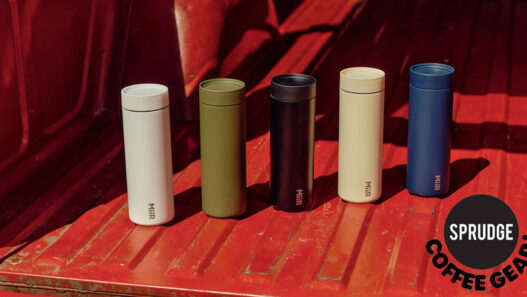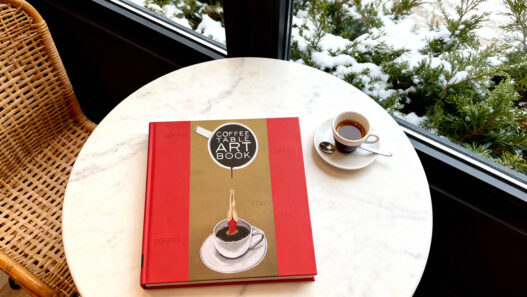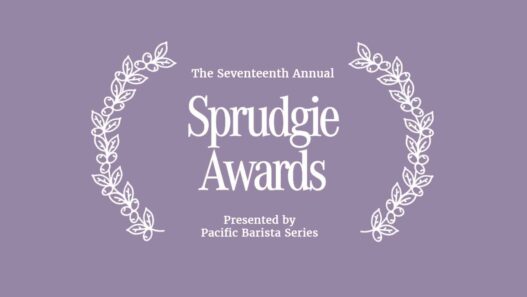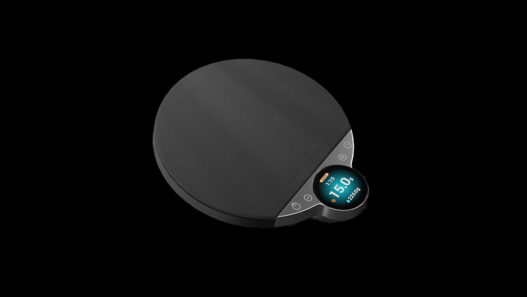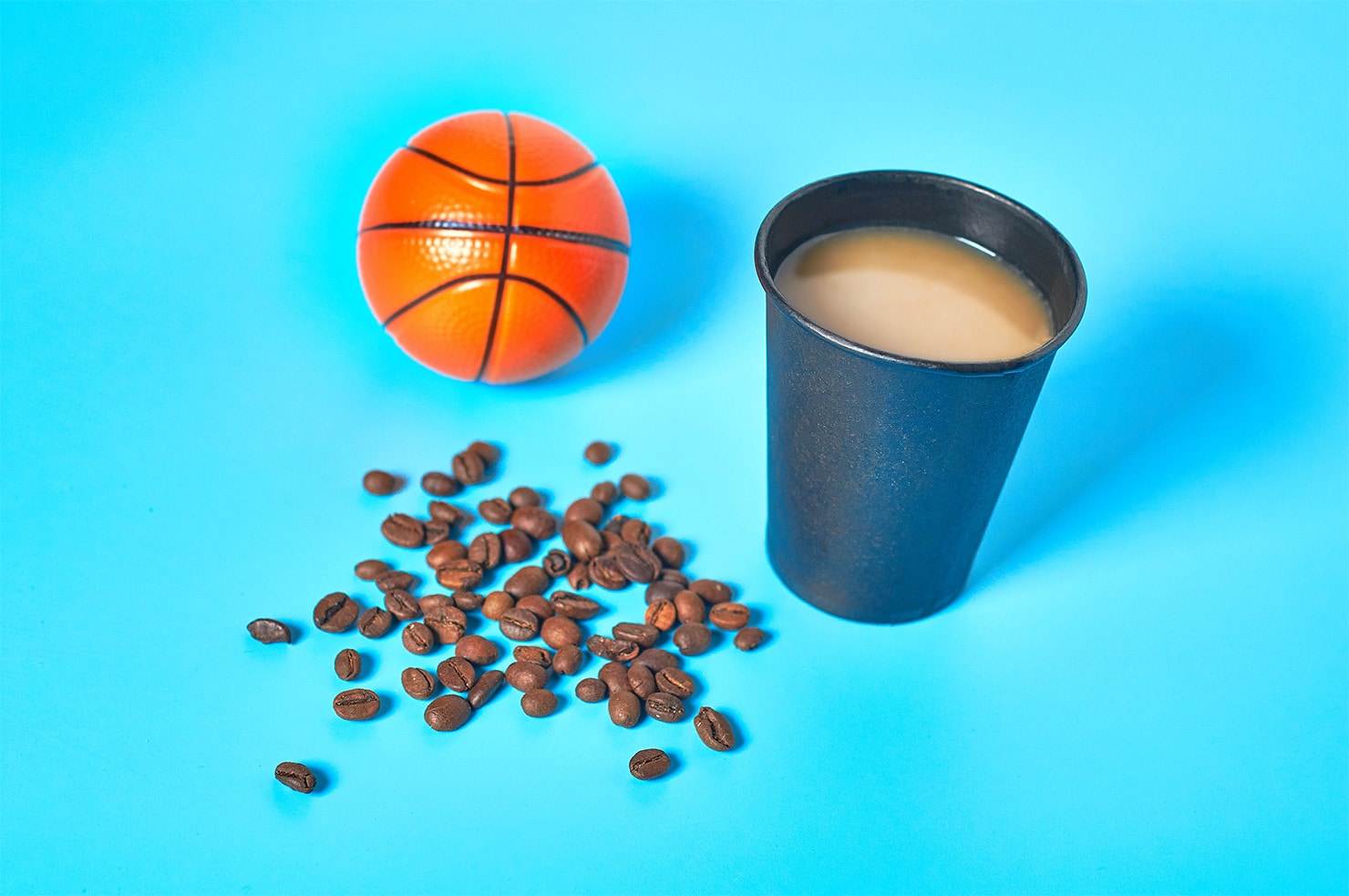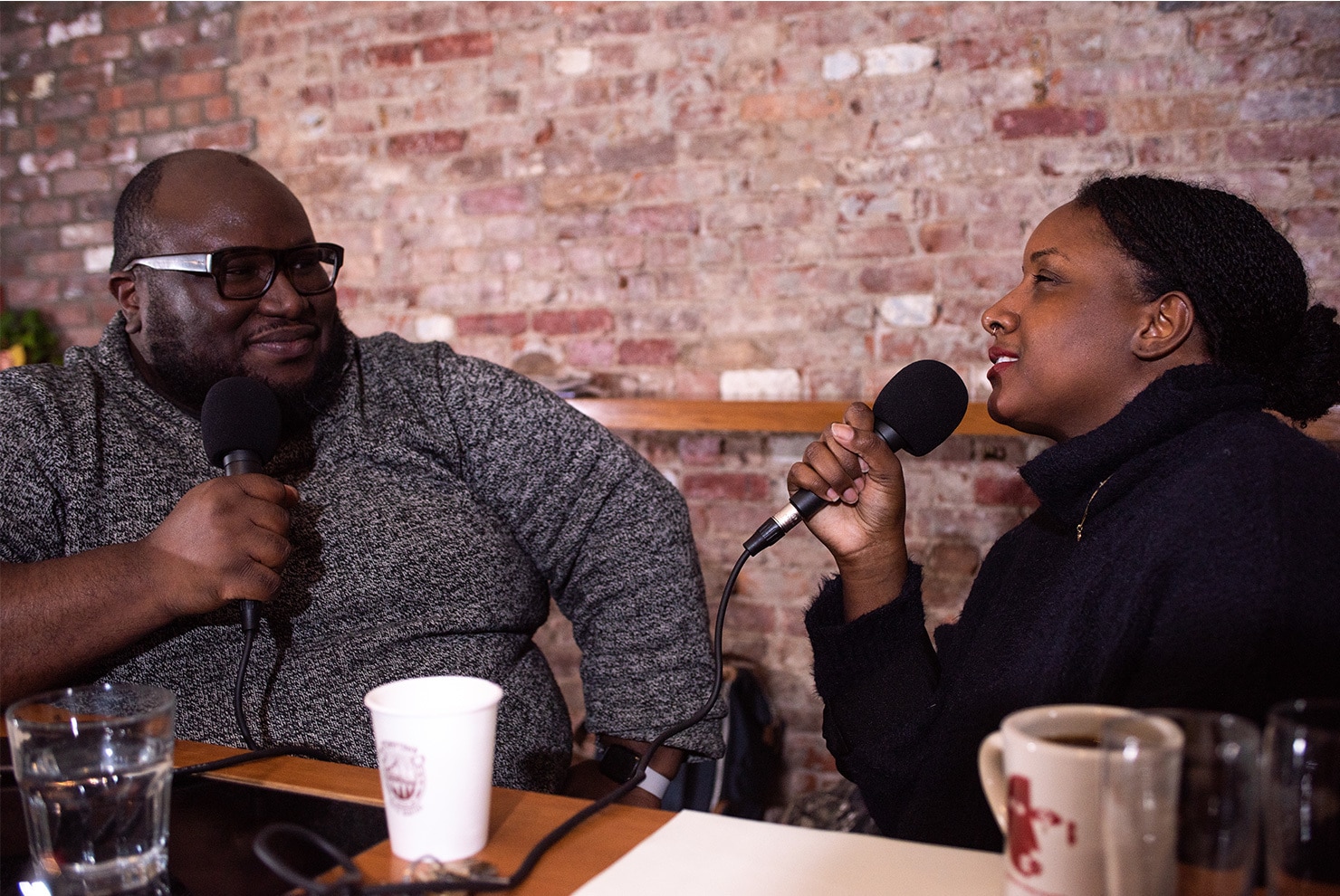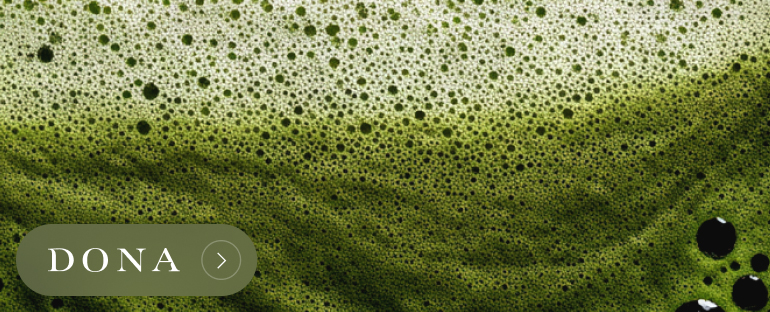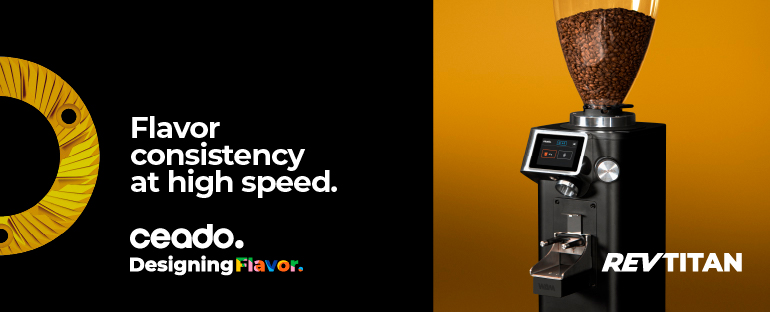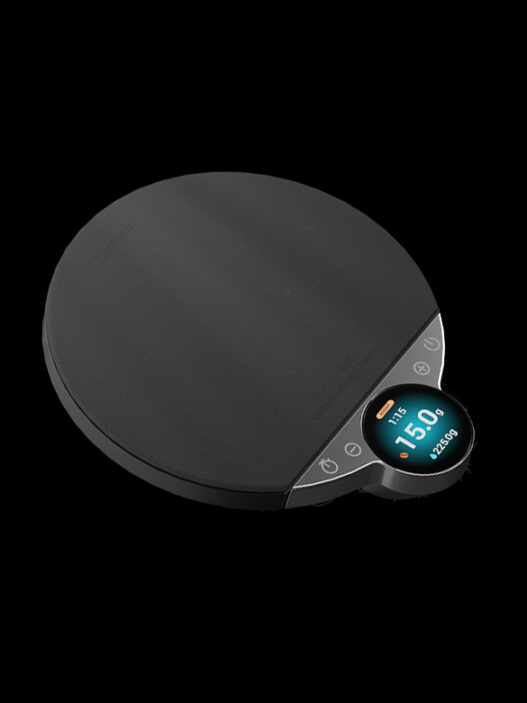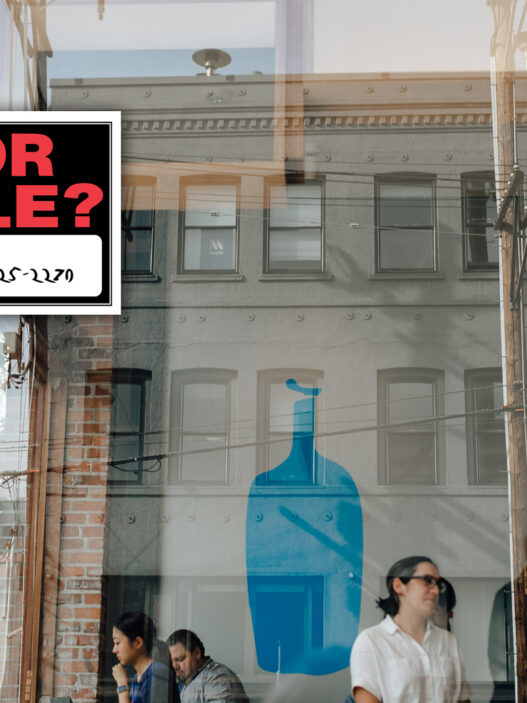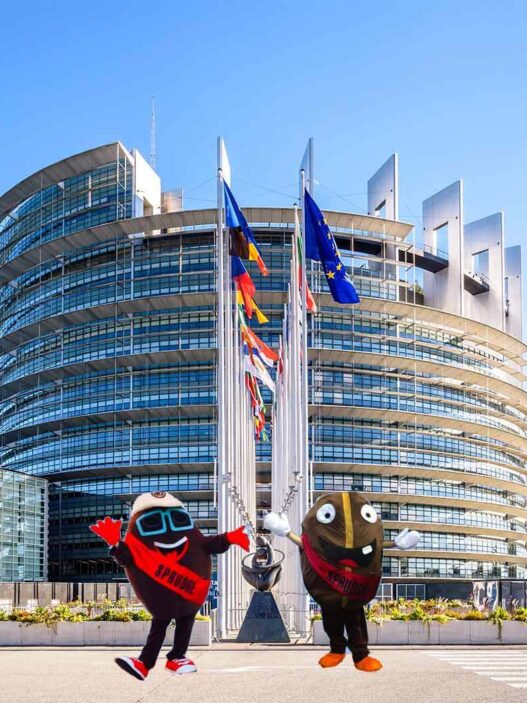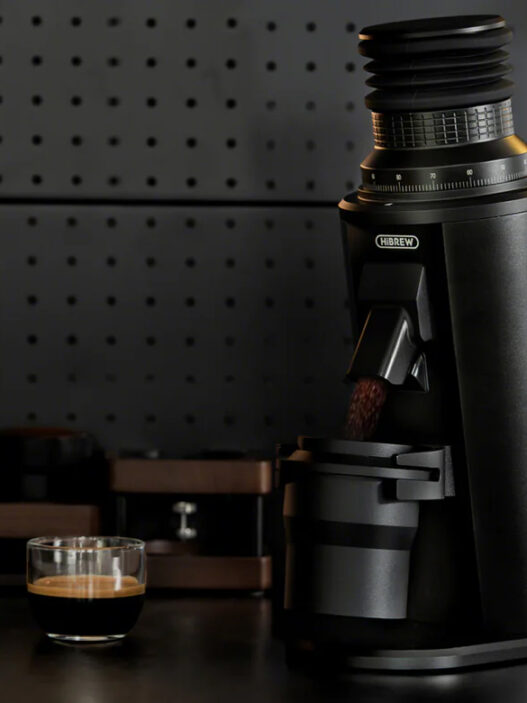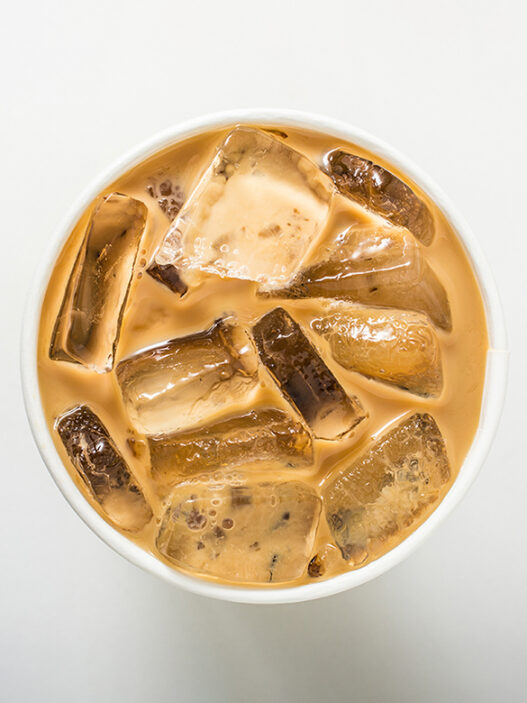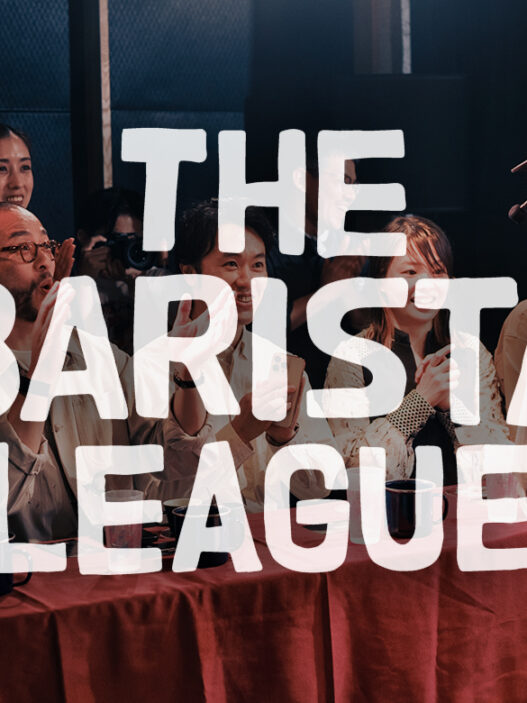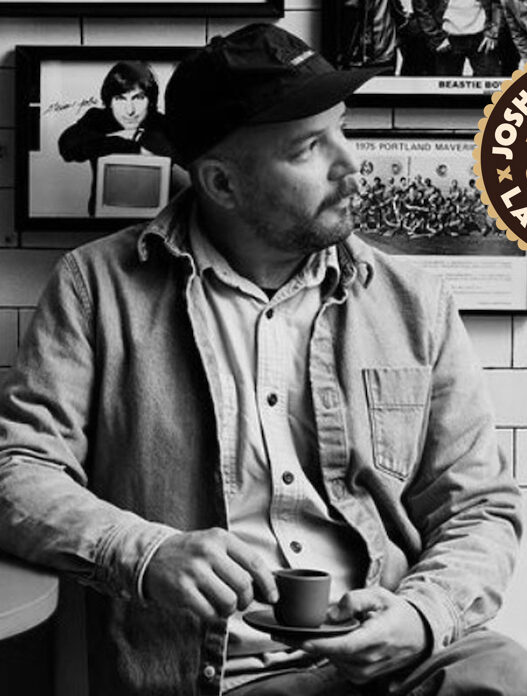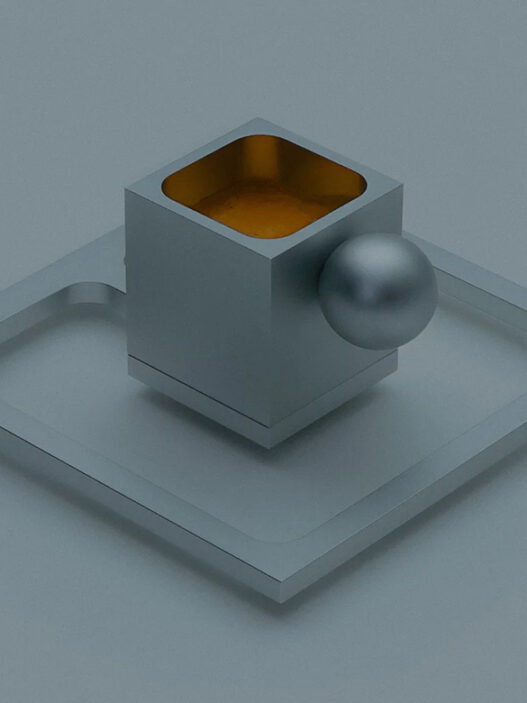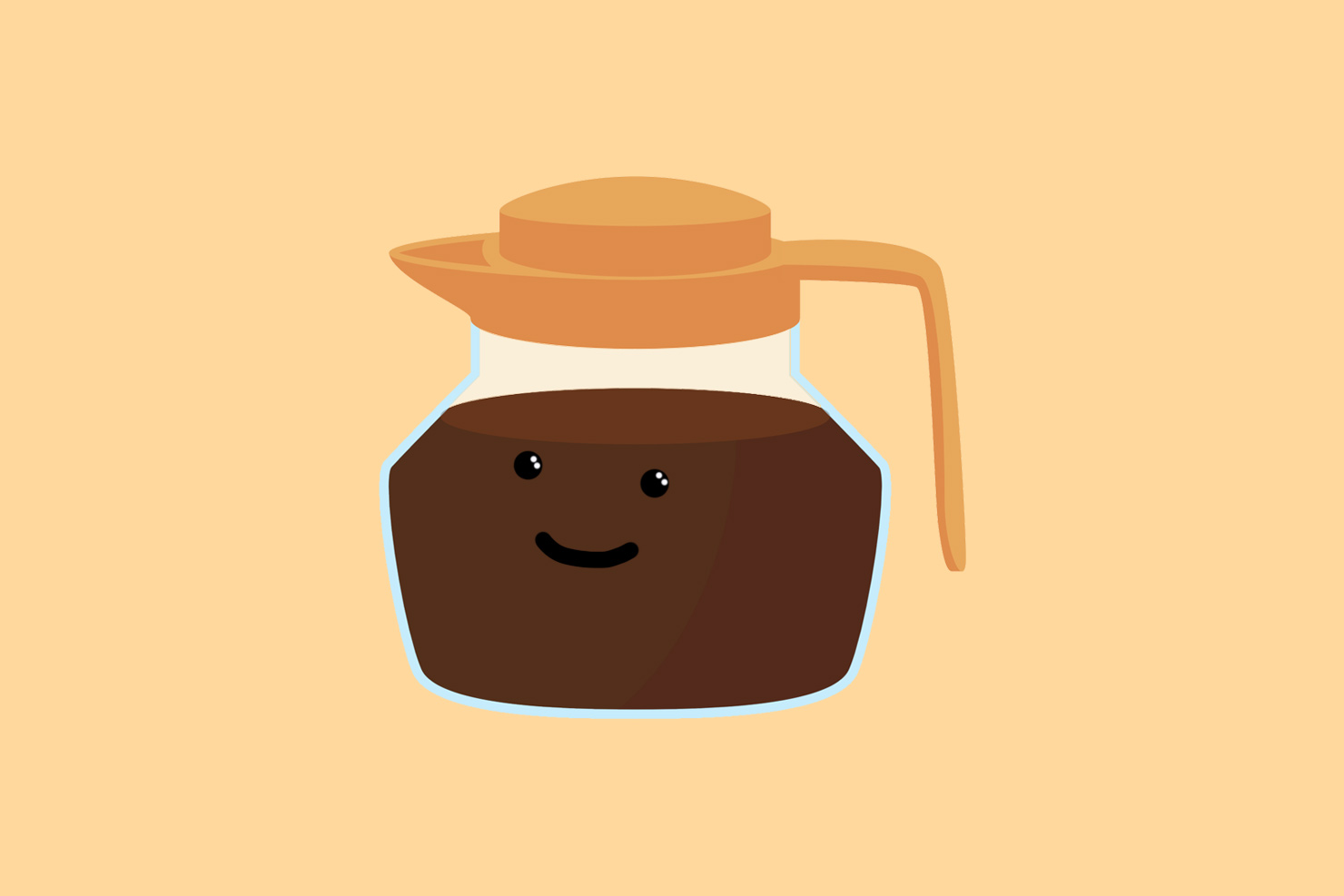
Here’s a fun little bit of coffee history.
Go with me on a journey into memory. You are at your favorite diner, the one where the coffee is self-serve, just two old school glass carafes sitting on the same heating elements they have been for untold hours now. For me, I’m sitting in a red “pleather”—because even calling it pleather feels generous—booth at 3am, where everyone, staff included, is still inexplicably smoking indoors. (In this fantasy I am also in my early 20s and my back doesn’t hurt all the time, but that’s really neither here nor there.) So there you, ready to refill your mug for the fourth or fifth time, leaving room of course for whatever amount of non-dairy creamer and sugar you need to properly gird your stomach for what the war you are about to wage against it. Again. You are presented with two choices: a black plastic-rimmed carafe and an orange one. Being young and invincible, you are wanting to get the caffeinated stuff. Which carafe do you choose?
The answer in this walk down memory lane is simple, even if subconscious. You pick the black-rimmed carafe. Why? Because the orange is a clear indication that this coffee is different and seeing how there really aren’t a spate of options here, the reasonable inference is that the orange-rimmed carafe is for decaf. And you’re right, it is decaf. Turns out, orange is a universally accepted color for decaf. But why is that? The answer, like this thought experiment itself, lives in the past.
As told by Mental Floss, associating orange with decaf goes all the way back to one of the original makers of decaf coffee, Sanka. Originally a German company, the brand began life as Kaffee HAG, short for Kaffee Handels-Aktien-Gesellschaft (Coffee Trading Public Company), per Wikipedia, in 1905, some two years after decaf coffee was developed by German researcher Ludwig Roselius in Bremen. When the brand expanded to France, it did so under the name Sanka, a portmanteau of sans caffeine, or without caffeine.
Though his decaf had made its way to America in 1909, Roselius began selling it under his own Kaffee Hag Corporation banner in 1914, the start of World War I. It’s safe to say that Americans and Germans weren’t exactly friendly with each other at the time, and in fact, Roselius had his American company, along with all its trademarks, confiscated from him by the Alien Property Custodian, an entity created in 1917 by the US government to “assume control and dispose of enemy-owned property in the United States and its possessions.” So when Roselius wanted to reestablish a decaffeinated coffee brand in America, he did so under the moniker Sanka.
Then in 1932, Sanka was sold to General Foods, who made an aggressive marketing push to start promoting their newest product. One of their means of doing so was by sending coffee shops and restaurants nationwide new coffee pots in the color of Sanka’s eye-catching packaging: orange. What was first a way of saying, “we sell Sanka” became an easily-recognizable way to distinguish all decaffeinated coffee from its leaded counterpart.
In the almost 90 years since then, Sanka has lost a bit of favor in the coffee world. It is still widely distributed by Kraft Foods but isn’t quite the ubiquitous coffee shop, restaurant, and pantry staple for the decaf-inclined; and indeed, decaf coffee is enjoying a new level of appreciation by coffee lovers around the world, resulting in a pleasurable surfeit of excellent decaf options and even an ongoing boom of roasters that specialize in the soft stuff. Specialty coffee bars like Maxwell Mooney’s Sprudgie Award winning Narrative Coffee in Everett, Washington have hosted decaf-themed dinners, and the Canadian brand Swiss Water have hosted a series of much-discussed pop-ups focused only on decaf. Clearly a new narrative for decaf is being written by modern coffee lovers, and you can verily count this website amongst its ranks—indeed, we are on record, in t-shirt form, saying that Decaf Gives Us Life.
And yet the orange-colored carafe is as popular as ever, Sanka’s indelible fingerprint still visible to this very day. It’s kind of the ultimate flex. Every decaf coffee served today can only be recognized as such by wrapping itself in the color scheme of one of its competitors. Decaf has never been better, but even today it is standing on the orange-hued carafe shoulders of giants.
Zac Cadwalader is the managing editor at Sprudge Media Network and a staff writer based in Dallas. Read more Zac Cadwalader on Sprudge.




